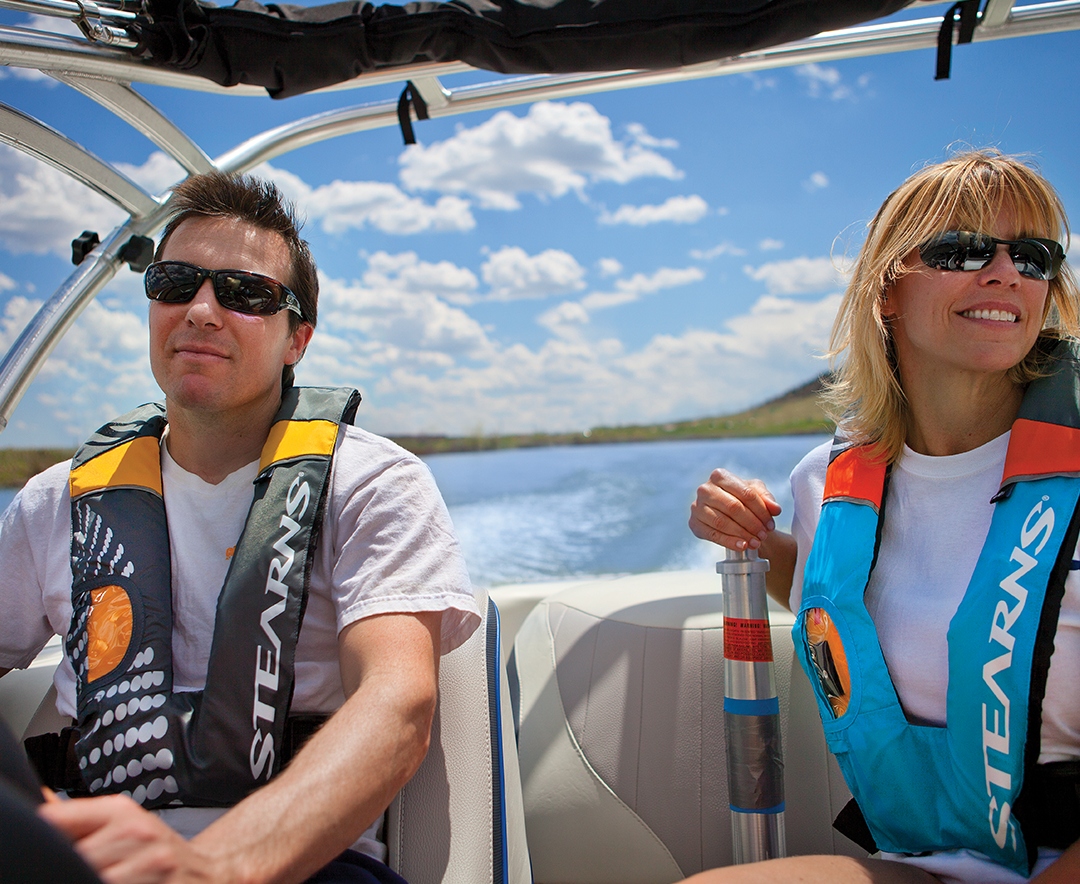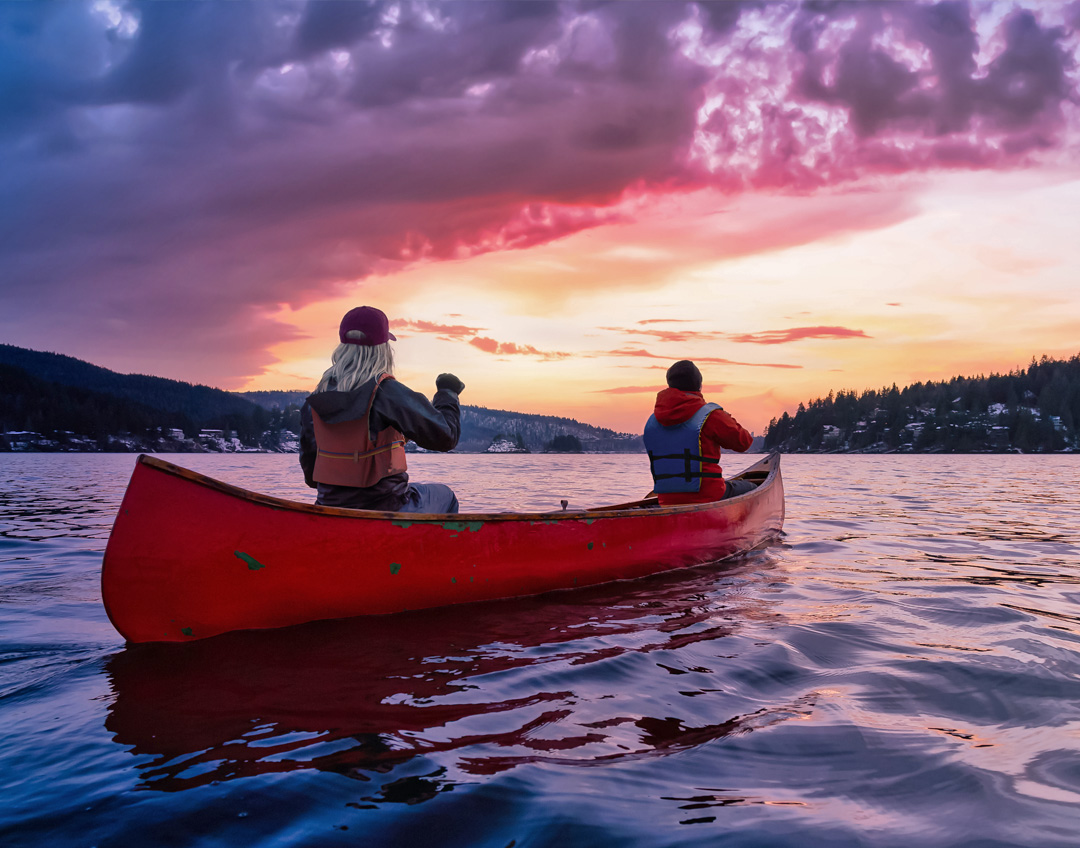Boating Tips
Notice to Mariners vs. Notice to Shipping (Navigational Warnings)
What’s the Difference?

 Before heading out, boaters should always tune their VHF radios into the Canadian Coast Guard’s continuous marine broadcast frequency that is applicable in their area so that they can familiarize themselves with any notices to shipping or urgent weather updates that might be available.
Before heading out, boaters should always tune their VHF radios into the Canadian Coast Guard’s continuous marine broadcast frequency that is applicable in their area so that they can familiarize themselves with any notices to shipping or urgent weather updates that might be available.

A number of boaters use the terms notice to mariners and notice to shipping synonymously. They are quite different.
 A notice to mariner is actually a permanent change to a printed chart that should be adjusted by the mariner for safe navigation. For example, if a buoy is being removed permanently, the change will show up in the notices. It is up to the user to correct it on their charts. You might notice when purchasing a chart there may be an update stamped on the chart which includes a date that includes all previous changes.
A notice to mariner is actually a permanent change to a printed chart that should be adjusted by the mariner for safe navigation. For example, if a buoy is being removed permanently, the change will show up in the notices. It is up to the user to correct it on their charts. You might notice when purchasing a chart there may be an update stamped on the chart which includes a date that includes all previous changes.
 Notice to shipping is what we are listening for on the continuous marine broadcasts. They are now referred to as navigational warnings and they inform the mariner of any temporary change that the mariner must know about for safe navigation. For example, if a buoy has drifted off-station or its light is extinguished, that temporary change would appear on the navigational warning list.
Notice to shipping is what we are listening for on the continuous marine broadcasts. They are now referred to as navigational warnings and they inform the mariner of any temporary change that the mariner must know about for safe navigation. For example, if a buoy has drifted off-station or its light is extinguished, that temporary change would appear on the navigational warning list.

In addition to tuning the VHF radio into the CMBs before heading out, the Coast Guard has made navigational warnings and notices to mariner available on-line, which is a great help.
They can be found at:
Notices to Mariner: www.notmar.gc.ca Navigational Warnings: https://nis.ccg-gcc.gc.ca
Notices to Mariner: www.notmar.gc.ca Navigational Warnings: https://nis.ccg-gcc.gc.ca

Fall Boating Tips
Going to extend your boating into the Fall?
Here are a few points to consider.
Check the Weather
 Colliding warm and cool air masses in the Fall cause conditions to change quickly. Autumn storms can approach fast and unexpectedly. Check the weather before heading out, check it during your trip and keep a watchful eye out for approaching storm fronts.
Colliding warm and cool air masses in the Fall cause conditions to change quickly. Autumn storms can approach fast and unexpectedly. Check the weather before heading out, check it during your trip and keep a watchful eye out for approaching storm fronts.
Dress for the Water Temperature

On warmer days resist the urge to wear summer clothing. Dress in layers that can be easily removed or added …and make sure that your lifejacket can fit over your layers. The water is getting colder, and a sudden fall overboard can be deadly.
Have Lights
 Darkness comes earlier each day during the Fall. Don’t get surprised by it. Make sure your navigation lights are in working order and your emergency flares are not past their expiry date.
Darkness comes earlier each day during the Fall. Don’t get surprised by it. Make sure your navigation lights are in working order and your emergency flares are not past their expiry date.
Carry a couple of waterproof flashlights to help you unload at the dock or ramp after dark – and be sure to pack extra batteries.
Plan Ahead
 There will be fewer boats on the water at this time of the year, so don’t depend on your fellow boater to help you out if you run into trouble.
There will be fewer boats on the water at this time of the year, so don’t depend on your fellow boater to help you out if you run into trouble.
Leave a float plan and carry a VHF radio or cellphone. A VHF radio can be used to call for help in places where your cellphone has no signal.
Wear Your Lifejacket

The gasp and panic as the result of a sudden fall into cold water can be deadly. A lifejacket will keep you afloat and provide some thermal protection as you deal with the situation.
Fuel up Before You Go
 Many fuel docks close early during the Fall season. Don’t assume you can fill up at your destination for the trip home. Get informed and manage your fuel.
Many fuel docks close early during the Fall season. Don’t assume you can fill up at your destination for the trip home. Get informed and manage your fuel.Fall can be a beautiful season to go boating. Remember these tips and you’ll make every trip a round trip.